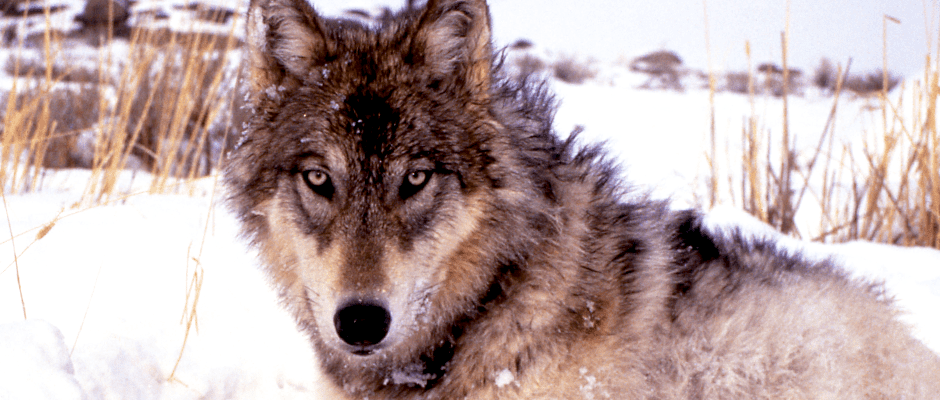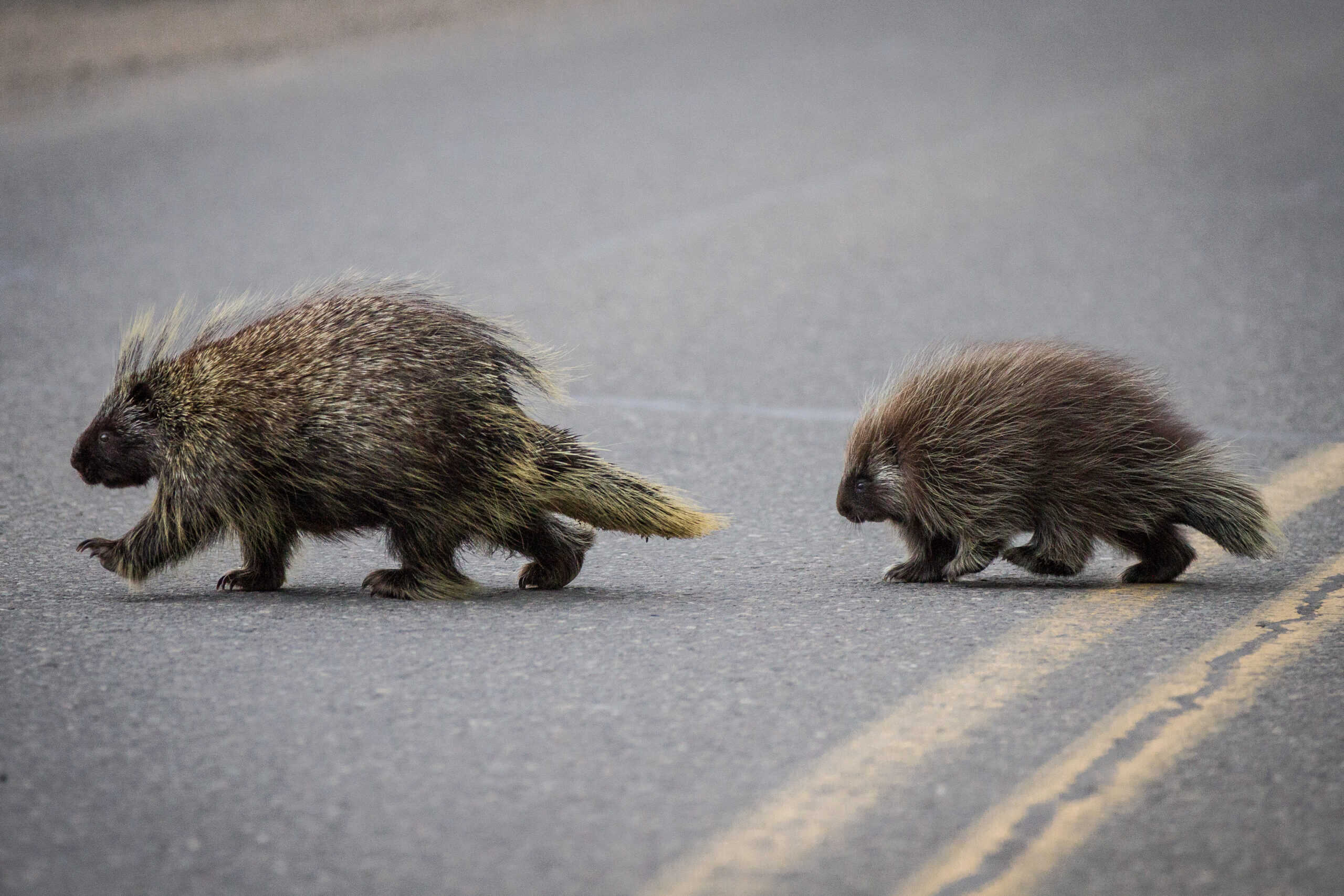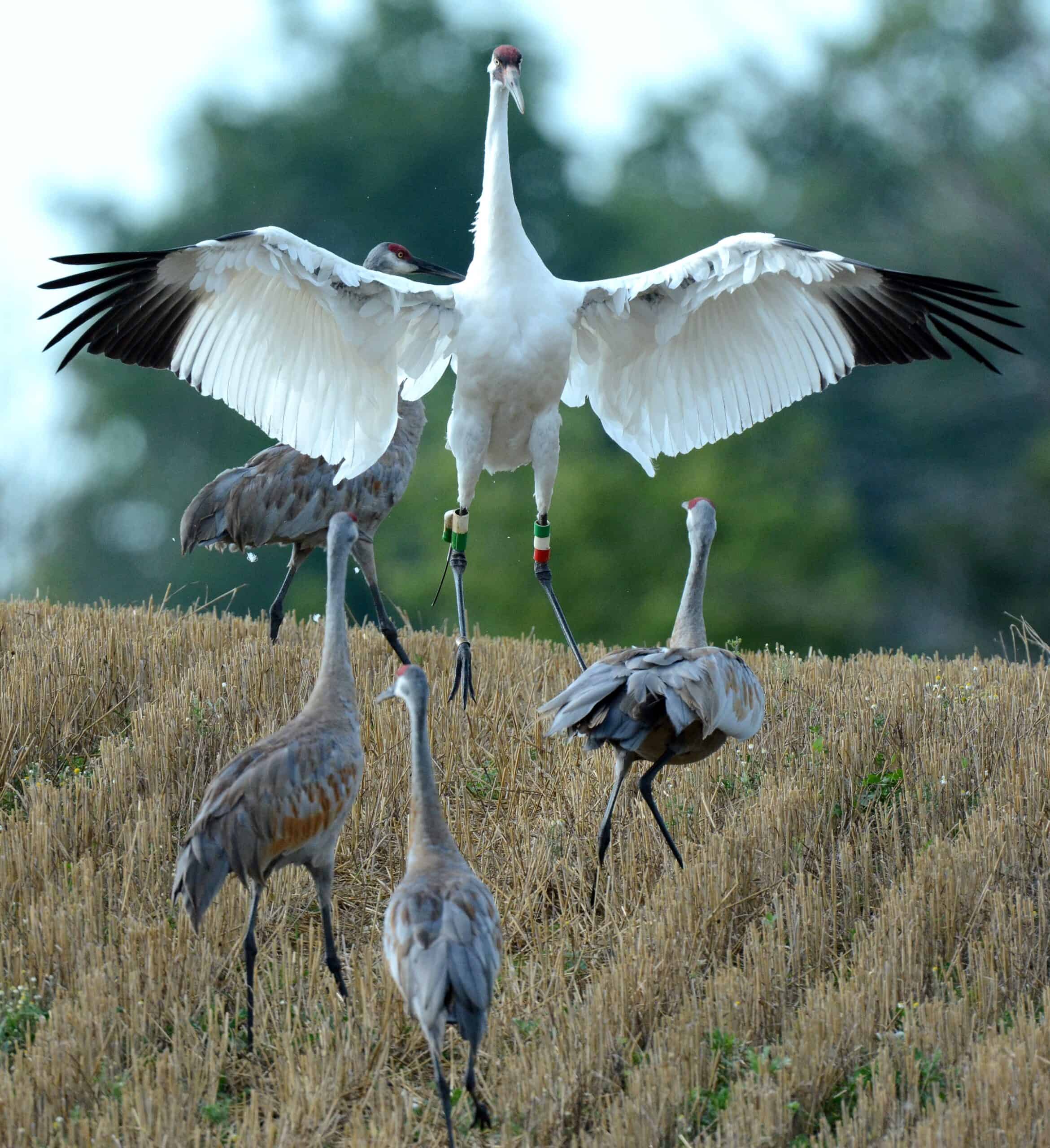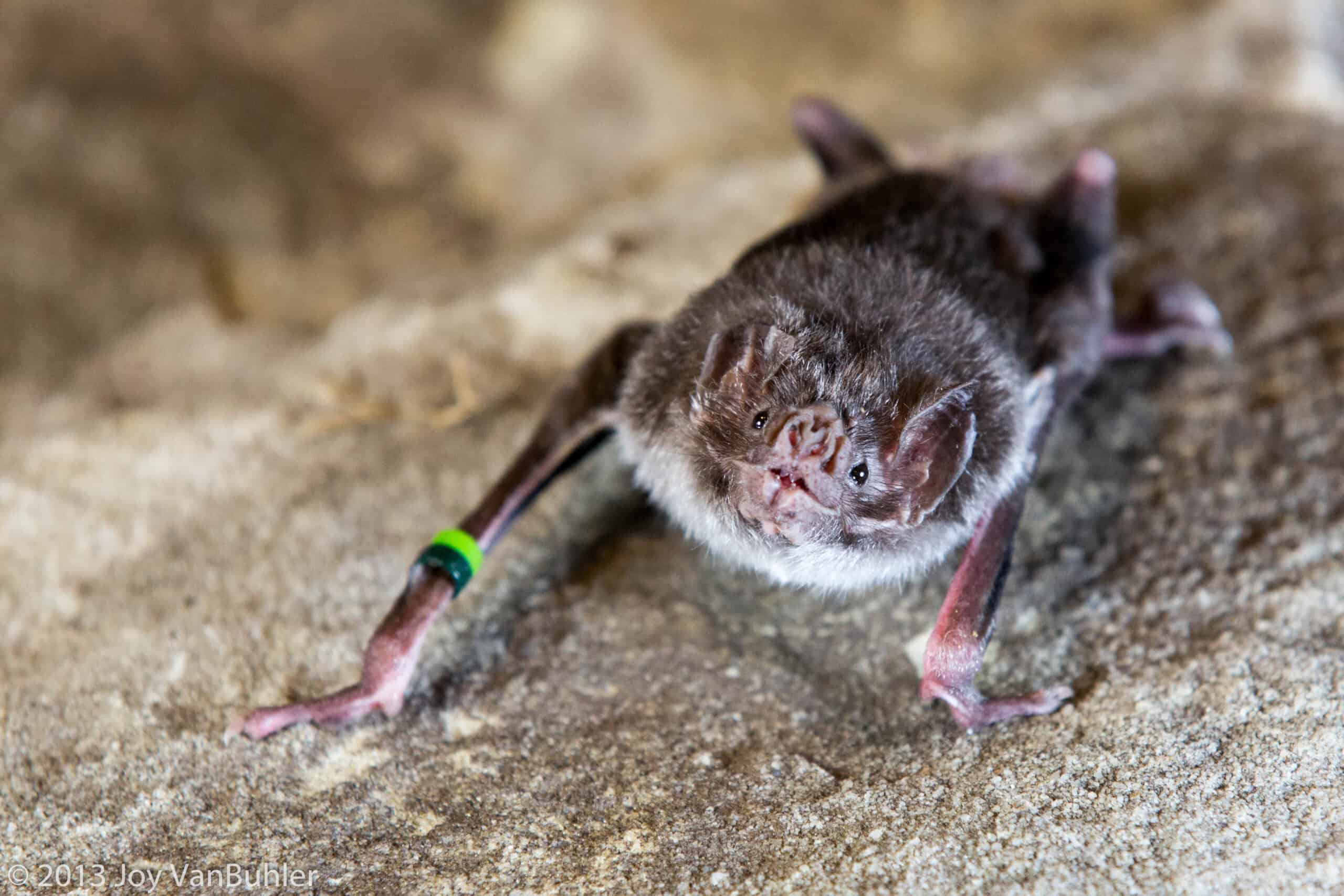Share this article
Wolf Pack Size Has Big Impact on Livestock Attacks
New information about the likelihood that a wolf pack will reattack livestock could give wildlife managers better tools to prevent such conflicts.
“We found that the biggest factor that affected the depredation recurrence was pack size,” said Liz Bradley, a biologist with Montana Fish, Wildlife and Parks and the lead author of a study published recently in The Journal of Wildlife Management.
The researchers analyzed reports on nearly 1,000 attacks from approximately 150 grey wolf (Canis lupus) packs on livestock in Idaho, Wyoming and Montana from 1989-2008, paying particular attention to the length of time between depredations. Of these, they looked at how quickly another attack on livestock occurred if they removed part of the pack, the whole pack, or did nothing at all.
“What was more surprising was that the partial pack removals weren’t that much more effective than doing nothing,” Bradley said, adding that removing the whole pack was the most effective action at reducing the likelihood of another attack. Removing part of the pack meant an average of 64 days between attacks on livestock while removing the whole pack resulted in a 730-day average period between livestock depredations. When nothing was done, there was an average of 19 days between attacks.
Another finding, she said, was that killing a few wolves at a time isn’t always a very effective solution, and sometimes could result in more wolves being killed in the long run than just removing the entire pack on the first or second offence.
She said that during the study years, wolves had not yet been delisted in Montana and Idaho, so wildlife managers were still trying to strike a careful balance between removing the least number of wolves possible to ensure a sustained population with stopping the carnivores going after livestock.
Despite the effectiveness of removing an entire pack, preventing attacks on livestock in the first place is always a better option than removing wolves. Some of the strategies to prevent attacks include increased human presence near livestock, Bradley said.
“It’s very much a learned behavior,” she said of wolves attacking livestock. But by stopping this learning, [wildlife managers] may be able to decrease the attacks on cattle or sheep. “You don’t have to get into this whole cycle of dead cattle and dead wolves.”
The study included attacks on sheep and cattle and the results showed no statistical difference in the number of attacks between the animals. They also found that livestock attacks occurred more frequently as wolf packs got bigger.
Bradley said that wolf packs are smaller on average across Montana. She believes this could be part of the reason that conflicts between wolves and livestock are decreasing in the state despite the wolf population going up. Larger packs are more likely to “stay in trouble once they get in trouble,” but she indicated that further studies will be needed to confirm this.
Read The Wildlife Society’s position statement on wolf restoration and management in the contiguous United States.
Header Image: Gray wolf pack. Image Credit: USFWSmidwest, licensed by cc 2.0








